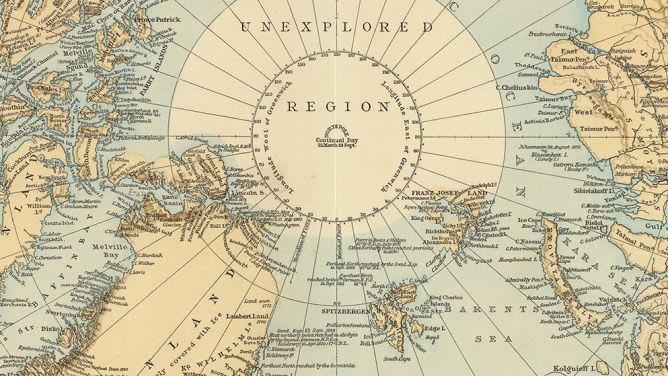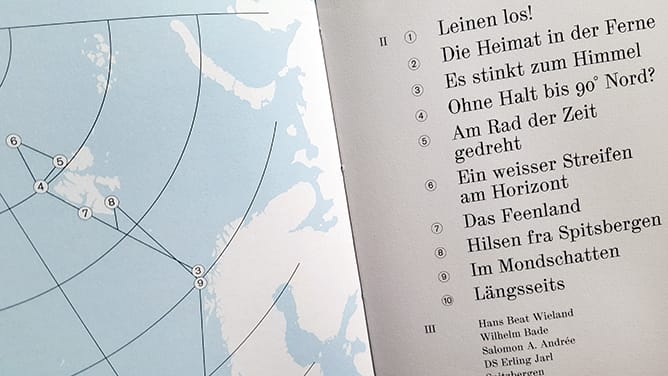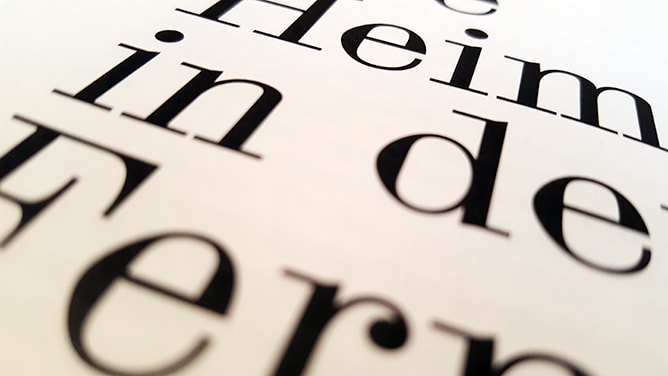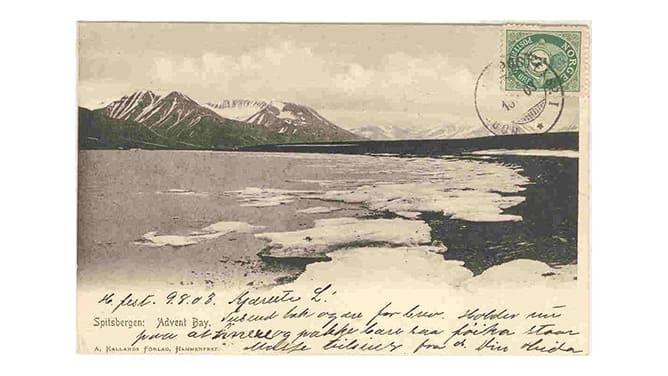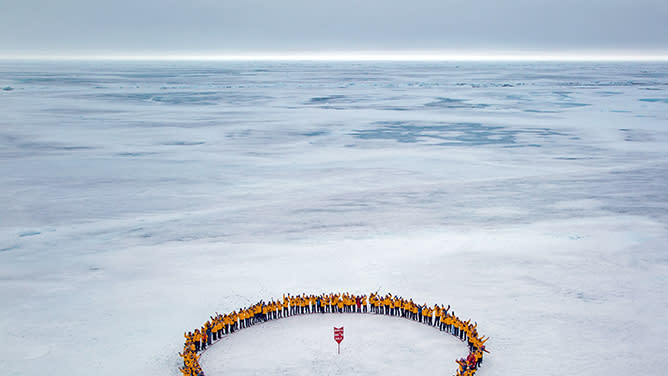
Why This Book?
In the summer of 1896, a small steamer is heading from Hamburg to the edge of the known world: Spitsbergen. 45 men and 7 women are aboard the ship. They belong to the first polar tourists in history. Among them is Hans Beat Wieland, a young Swiss artist who doesn’t quite fit in with the illustrious party. He doesn’t care much about champagne, tail coats, and fancy dresses. His interest lies more in the unspoiled mountain landscape in which he sees many parallels to his home country, and which he wants to explore through hiking, painting, and writing.
120 years later I come across Wieland’s Arctic memorabilia: diaries, photos, sketches…
These wonderful pieces of history and the stories linked to them deserve a wider audience. Especially now that we have become aware of the impermanence of the ’permanent ice’ and as trips to the polar regions are, somewhat paradoxically, experiencing a boom. Past, present, and future are intertwined – and we are, too.
What Makes This Project Unique
My book is an unusual nonfiction book of cultural und social history: a dialogue between science, adventure, and art – thoroughly researched, written in a vivid language, and with a creative design. (Please note that it will be published in German.)
Following the cruise of 1896 and its relevant topics, I would like to invite you to browse and discover. The journey starts in the present and takes you back to the Belle Époque when alpinism and (Arctic) tourism were young and wild and when blank spots on the map gave rise to great (hi)stories.
There will be two ways to look at the book: Besides the text, the layout will be of great importance. It plays with the historical materials, allowing to experience the journey on a visual level, too. I am very happy that graphic designer Kaj Lehmann («Im Hölloch», awarded in the competition «The Most Beautiful Swiss Books of 2015») has joined me for this adventure.
Nowadays, Hans Beat Wieland’s voyage is a standard in every travel brochure featuring cruises in Norway and the polar regions. It is a struck of luck that historical sources for the visionary enterprise of 1896 still exist. They allow a glimpse into a fascinating period, which was characterized by innovations and contradictions likewise and still has an impact on today.
Apart from travel guides and classic adventure stories, there are hardly any books in the German-speaking world that deal with the high-Arctic archipelago of Spitsbergen and its unique tourism history – even though a strikingly high proportion of the 50’000 annual visitors today come from Switzerland, Germany, and Austria. My publication intends to fill this gap. Yet, I wish this book to go beyond the community of ’polar fans’, for its core themes – travel, discovery, nature – are universal.
Why I Need Your Support
As a historian, my motivation is to keep history alive, to awaken interest and arouse curiosity as to what stories artefacts tell us, to relate people’s personal here-and-now to the past. With this publication, I would like to make the results of my extensive research as well as some remarkable sources and their interpretation available to a wider public. At the same time, the book will perfectly satisfy fellow historians e.g. with references and a substantial body of secondary literature.
The manuscript is almost ready and I have signed a contract with the renowned Swiss publishing house NZZ Libro. The book is scheduled to be released in fall 2018. Various institutions and sponsors have already pledged their support.
Nevertheless, the project is not fully funded yet. With this crowdfunding campaign I hope to raise at least 11.000 CHF to cover some of the costs (layout, image rights, archive fees, and technically accredited digitalisation of some fragile glass plate and film negatives).
I am very grateful for your support! There is the option to contribute an individual amount (anonymously, if you wish), or you can chose a reward. Find some examples here:
